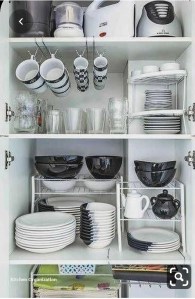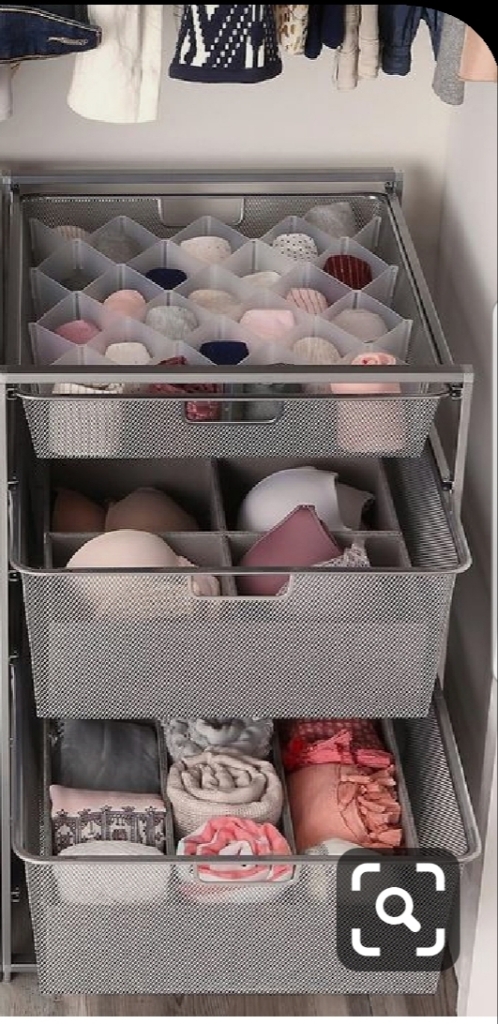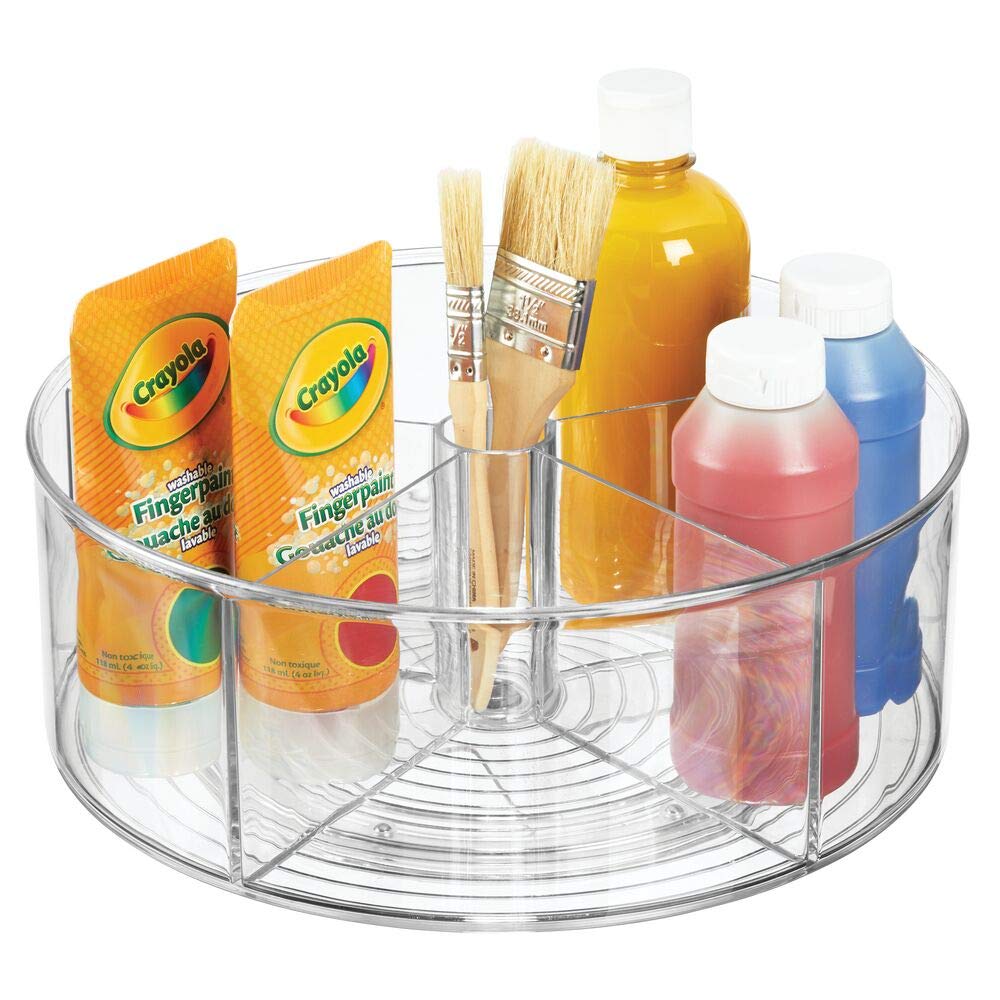A good homeowner understands they have the responsibility to clean their house daily. If you’re tidying up your home daily, it should only take between 15-30 minutes, and perhaps an hour once a week for more thorough cleaning. However, on certain occasions, your home requires a deep clean. Here are a few examples of when to put in some elbow grease!
At Least Once a Year
Setting aside time to give your home a good deep clean once a year will refresh your space and give you a new start for the rest of the year. Many people choose to do this during certain seasons, such as spring or fall. According to Accent Maid Service, deep cleaning your home once a year will improve the air quality in your home by getting rid of dust and stale air. Taking the time to clean out forgotten spaces will also help you feel more relaxed and organized. A yearly cleaning refreshes your home and gives you an opportunity to perform maintenance tasks you would otherwise forget about.
Before Moving
When planning a move, it is especially important to deep clean your old and your new space. Empty rooms are much easier to clean and help get rid of allergens. Decluttering your home will also help you discard unnecessary items, making your move easier. According to On the Move, one of the most effective ways to declutter is to go room by room. Sort your discarded items for what needs to be thrown away and what can be donated. Minimalism will give you more confidence and peace of mind as you move into a new place.
Before a New Baby
New moms and dads have a lot on their plate when they welcome a little one into the world. According to Elevated Network, tending to the needs of the baby is demanding and causes a lot of cleaning tasks to fall by the wayside. Prior to bringing the new baby into your home, it is wise to have a major cleaning in your home performed. This will help prepare a clean space for you to relax and play with your little one. A major cleaning will also help sanitize your home, protecting your little one’s immune system.
Cleaning your home brings satisfaction and pride, helps you relax, and increases your productivity. Deep cleaning is also important for maintenance and event indicators. Major cleanings are necessary at least once a year, but should also happen before other major events. Completing this will make your next season of life much more enjoyable.
Read this next: Deconstructed – Add Drawer Storage to Your Closet














